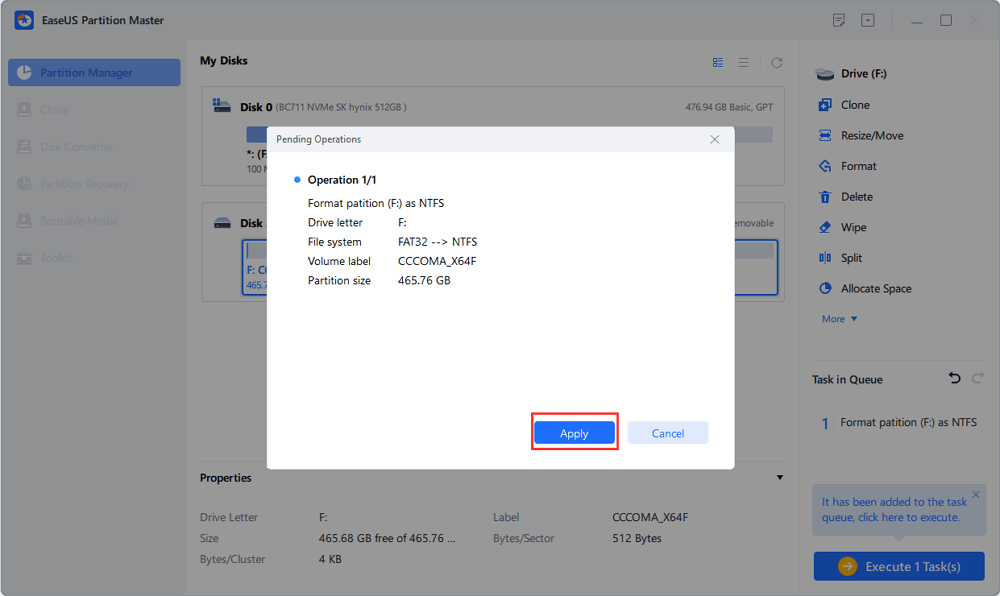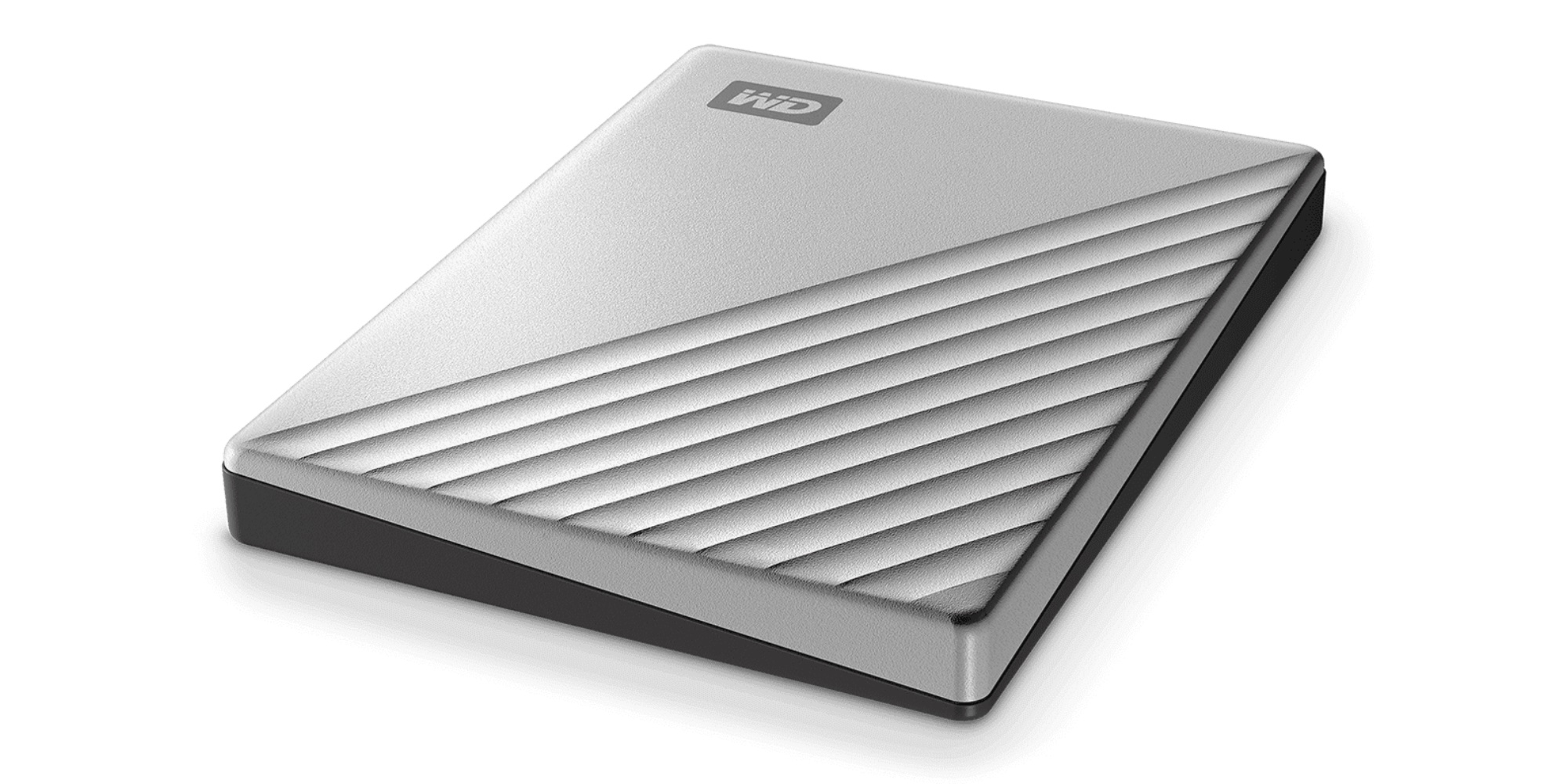

- #Partition wd my passport for mac update
- #Partition wd my passport for mac software
- #Partition wd my passport for mac tv
- #Partition wd my passport for mac windows
Select "Choose what the power buttons do" There are two ways to disable FastStartup in Win10: (1) through the Control Panel, and (2) through an elevated command prompt.Ĭontrol Panel - Open Control Panel -> Power Options. So, if it IS Win10, you have to disable Fast Startup:
#Partition wd my passport for mac windows
Hope this helps didn't mention the Windows version, but if it is Win10, you need to know that any filesystem that is open when you shut it down will then be locked and can not, after that, be opened by Linux. I created folders for my various backups, like "backup-images" where I store Clonezilla drive and partition images by date, and other folders for syncing using "Lucky backup" or "FreeFileSync" applications, like "LM183KDE" for syncing my Linux Mint KDE 18.3 system's home folder to my USB external drive. The first time you run a syncing app could take a while to run, but from then on it is usually very quick because it only updates the new and changed files.įYI: You may have to give yourself (your logged in username) permission to access the USB external drive. Yes, the syncing apps will backup only the changed files. Obviously, no backup program can backup to a drive that is not connected and mounted (available).Īlthough you can setup various backup applications and sync applications to automatically run at specified times, I just run them when I want to with the drive connected and mounted.

#Partition wd my passport for mac update
There are a lot of good posts in this forum on backing up.Ī42857 wrote:Is it possible to use a sync application like luckyBackup or FreeFileSync even if the external hard drive isn't always plugged in? Also, if I set the sync application to update my files once per day, and then I re-connect my external hard drive after 2 days, will it update all of my files? Does it only update the files that have been changed? If you want to know how just ask.įYI: I create compressed backup drive images using "Clonezilla Live" to my USB external Drives, and I also use a synchronization (sync) application (Lucky Backup, or FreeFileSync) for frequent (daily or so) faster backing up of changed files. It is fairly easy to change the drive's filesystem and or to re-partition a drive like I mentioned before.
#Partition wd my passport for mac software
I do know it came with a bunch of MS Windows software which I deleted to save space since I do not use MS Windows. I would get larger backup drives when I can, greater than 1 terabyte.Īs I stated before, you do not need to do anything to start using the drive right away for backing up or whatever. It is easy enough to check though, with the drive connected, just bring up your partition manager or "Drives" from your menus, click the drive to see information about it like which filesystem it has on it. I thought it was NTFS, but it could have been Fat32. I got my 2 Western Digital 1tb USB external Drives (Grey "Slim" and Blue "Ultra") a long time ago, and I honestly do not recall what the original filesystem was on them. It is also more secure with your Linux system. I do find that the Linux "ext4" file system to be faster and it is quick and easy to fix if needed. If you have multimedia files (music, videos and movies, pictures, etc.) that you may want to use (or share) with any of the aforementioned computers and devices at home or elsewhere, then you want an NTFS partition available for those. most of which will not read the Linux "ext4" partition (this may be changing now because some of the newer devices will read the Linux ext4 file system).
#Partition wd my passport for mac tv
The NTFS partition is accessible by almost any other computer and their operating systems, and smart devices like smart TV and Blu-Ray / DVD players, tablets, Game consoles, hardware routers with USB ports, etc. I chose to make 2 partitions on my WD USB external drives: I left the existing NTFS partition, but I shrank it in half so I could also create a Linux "ext4" partition. If you are only going to use the drive for backing up, then you can use whatever you want, leave the existing NTFS file system, or format it using the typical Linux "ext4" format. This depends upon what you want to use your USB external drive for. If you run " inxi -Fxzd" and " lsusb" from the console terminal prompt, highlight the results, copy and paste them back here, that should provide enough information. It would help to know more about your system setup.

Welcome to the wonderful world of Linux Mint and its excellent forum!


 0 kommentar(er)
0 kommentar(er)
